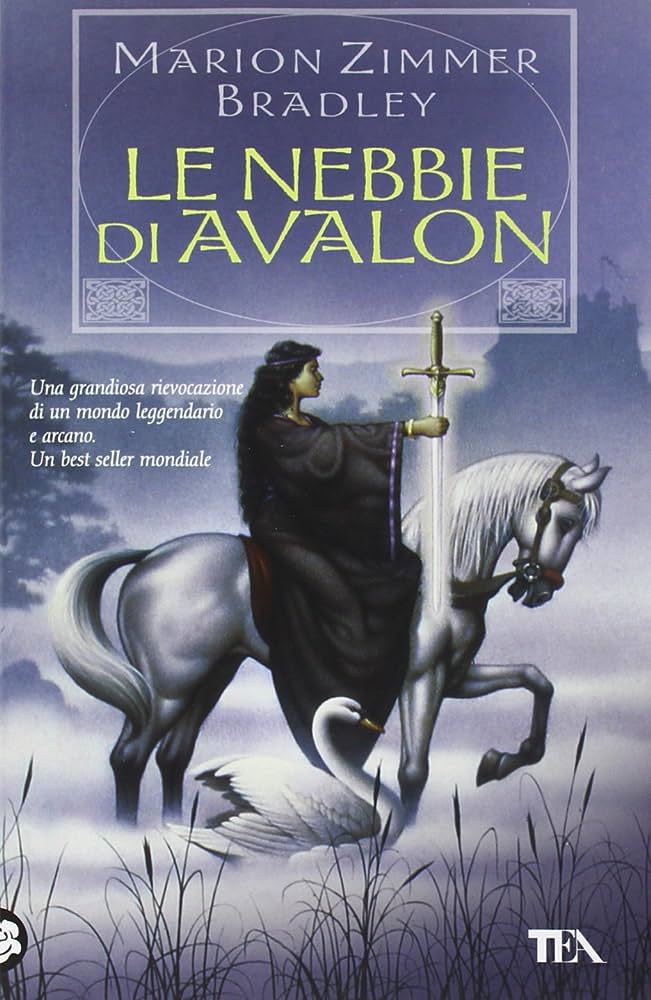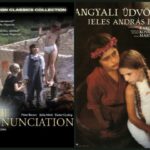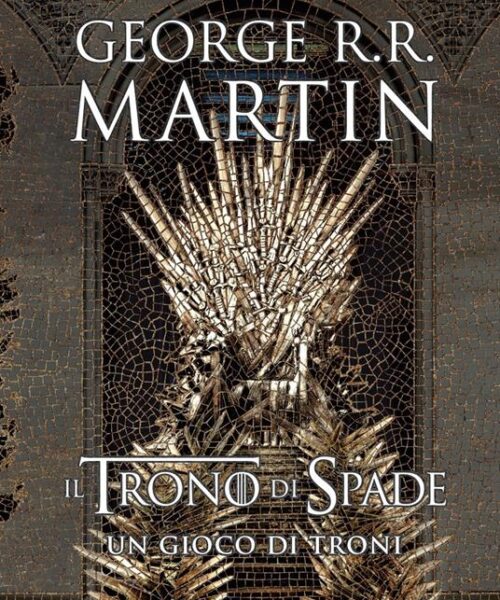Marion Zimmer Bradley’s novel “The Mists of Avalon” represents not just a reinterpretation of the Arthurian myth, but also a profound reflection on gender dynamics, power, and religion in Anglo-Saxon society. The saga is particularly distinguished for the way it reworks the stories of traditionally marginalized or demonized female characters in Arthurian narratives.
From a historical standpoint, Bradley provides a glimpse into a tumultuous post-Roman Britain, where the old pagan ways are in conflict with the growing power of Christianity. This context offers an accurate representation of the religious tension that pervaded England during this transitional period.
From a sociological perspective, “The Mists of Avalon” raises fundamental questions about the role of women in society. The priestly power of the priestesses of Avalon represents a resistance to the emerging patriarchy. Bradley’s choice to focus on characters like Morgana, Viviane, and other women provides a significant critique of how women have been historically depicted in literature. Through their eyes, we see not only the challenges they face, but also their strength and resilience in a rapidly changing world.
The nuances with which Bradley describes pagan spirituality also offer a fresh perspective on England’s spiritual roots. Avalon, with its mists and mysteries, becomes a symbol of England’s lost but not forgotten past, a world where femininity was venerated and nature was sacred.

However, the saga is not without its criticisms. While acknowledging Bradley’s contribution to the rewriting of female roles, some critics argue that her interpretation could be seen as an idealized view of paganism, or that some representations might reflect modern stereotypes rather than historical realities.
“The Mists of Avalon” represents an ambitious and largely successful attempt to unite history, sociology, and myth. It offers a critical lens through which to examine gender and religious dynamics in archaic England and remains essential reading for anyone interested in the complexity of the Arthurian myth and its resonance in contemporary society.












